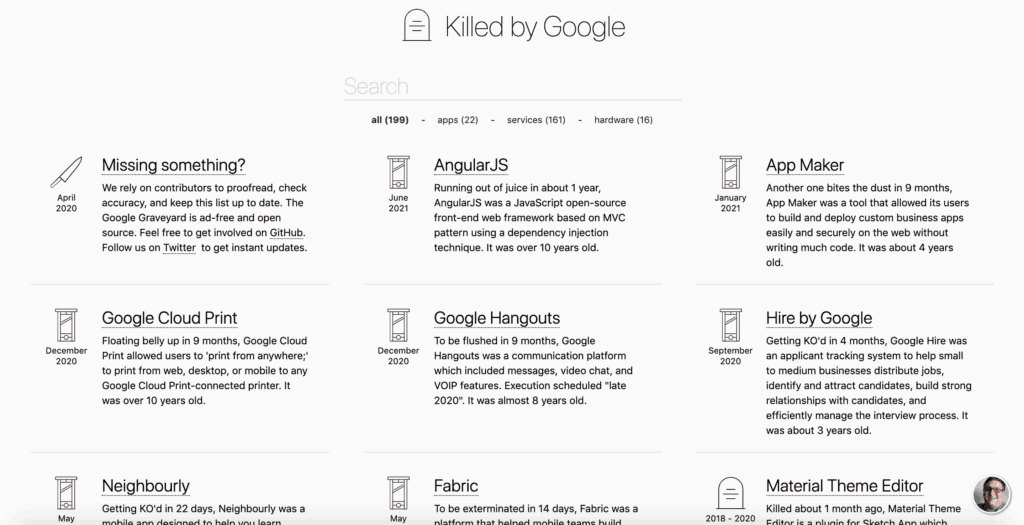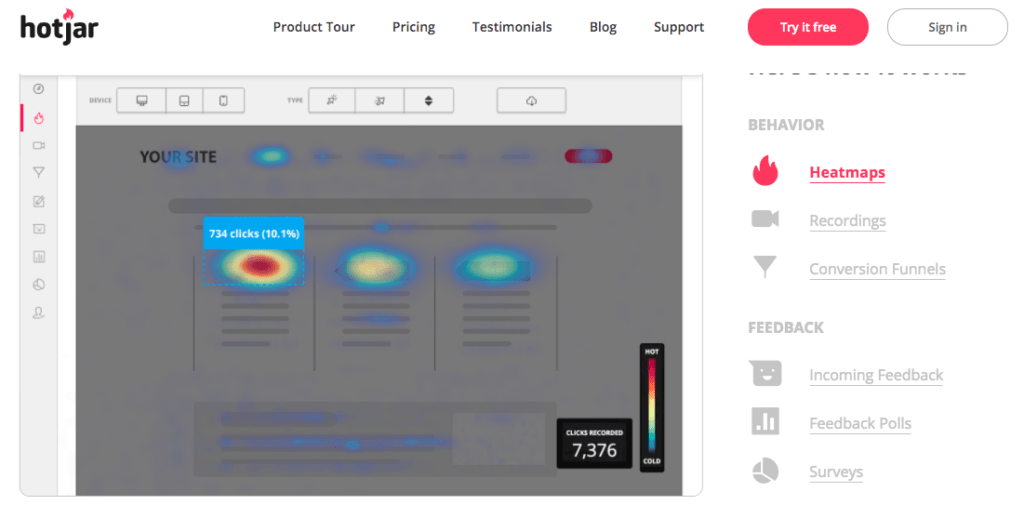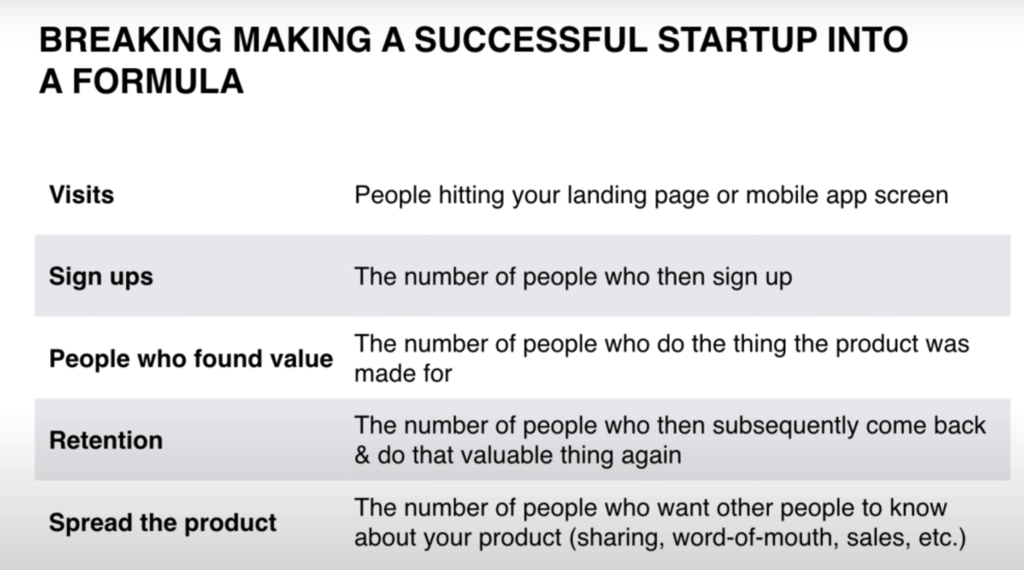Once I heard a product manager is like a little CEO: they should oversee every aspect of a product within a company, including finances, HR, marketing, and, if you work in technology, technical and engineering aspects.
They also consider exterior aspects, such as competition, technology curve, and customer preferences. The product manager might be the most holistic role within a company.
They should consider all these variables to deliver a product people love, and the company can build. The problem is all these forces will play against the product manager.
Product managers may be the intersection between designers, marketers, project managers, analysts, and developers.
I will encourage you to start a discussion for this post to prove me wrong or right!
In this article, we will define what a product manager is meant to do, the KPIs, and tools to help them succeed at their job.
Role of Product Manager: dealing with uncertainty
The role of the product manager—besides a list of tasks—is to decide what to build within an uncertain world whose pace is exciting (or scary), especially in technology.
I mean, all we hear that “everything changes fast,” “the consumer has changed,” “AI is the present,” and more generic stuff.
But come on, COVID-19 changed our world in a few weeks. You can bet many companies will die or transform so much their vision might be compromised.
No successful company, big or small, can ever reach a state where they can say, “ok, we’re done, we can just rest as we will prevail in the next five years.”
For instance, Microsoft dominated the beginning of the 2000s by almost fulfilling their promise of delivering a personal computer to anyone; then, in like 2010, they ignored the mobile and cloud trend, and now they’re re-emerging as a cloud leader with Azure.
Google’s primary source of revenue is its advertising networks through Youtube and its search engine. And they spend billions each year launching, acquiring or killing new products. Yes, Google also experiments and fails—all the time.
Without Googling them, I can come up with a few products Google has retired like Google Hire, Google Plus, Google Correlate, and Picasa. Thank God they’re not retiring Gsuite.
In fact, here’s a funny site called killedbygoogle.com showing all launches that have been retired.

Google is trying hard to build the next Google.
You can also take a look at the leading mobile providers over time…
Or the leading messaging apps over time
And, finally, the top biggest companies by capitalization.
Things not only change fast—they change faster.
On a global scale, for instance, we may see the fall of the leadership of western Europe and the US as the prior economies and see the promised raise of China, India, and other Asiatic countries. Not in a matter of centuries or decades, as we’re used to, but a matter of years.

The role of today’s product managers is to deal with uncertainty and pivot fast to, luckily, find or create market fit.
Roles and job description
This is a general list of tasks a software product manager should consider, besides having Zoom meetings.
Figure out what users want and hate (and what they don’t know they want)
It’s not rocket science: find out why people use your product and why they wouldn’t. That is getting to know what problems they can solve with your product, handles cases, and the friction points.
How it’s done?
Collect user feedback at any stage of the buyer process:
I really like this exercise so take note.
You can use tools like Hotjar to show polls and popups asking them what they like, what they don’t like, what could prevent them from buying if they understand all the features. Hotjar has neat blog posts with ideas of things you can ask your visitors.

You can use email automation to trigger emails when user’s behavior expresses friction; when they leave the purchase process without doing the transaction when they don’t complete a task within your product when they don’t visit your website for long, and so on. I recommend Active Campaign, an email marketing automation tool that tracks user behavior on a site to trigger rules. Many tools do this like AutopilotHQ, User.com, Hubspot, and more. I personally like Active Campaign.

A way that I personally came up with is extracting user inputs on Messenger chats after asking them if our chatbot’s response was useful, so we could figure out what people were asking about our product and the chatbot wasn’t responding correctly. This way, I could measure correct response rates and have a list of complaints people had about our product. To do this kind of automation with Facebook Messenger, you can use Manychat.

Doing user research
I accept I’m lazy sometimes to ask people personally to use a product to see what they don’t understand, but it’s critical.
No matter how friendly you find your product – most people won’t understand it at first.
A fast (but expensive) way to find testers quickly is using platforms that already gather people willing to be participants.
Benchmarking
You can use others’ products to find UX inspiration. It can be any site that is recognized for having an unalloyed UX, not just competition. If you want to be sophisticated about this, try Wayback Machine to see the history of changes of all websites across time.

Run experiments and A/B tests

Opinions don’t matter. Instead, think of hypotheses that should be validated.
You can try to A/B tests your hypotheses to figure out what variations or features help to accomplish more goals.
For running A/B tests, you can try Google Optimize (it’s free but limited) and use statistical significance tools to know the scope and sample.
Figure out new use cases
When I attended Conversations, a Manychat Conference, I was impressed that when the CEO was asked for a feature, he would ask back, “what would be the use case?
I felt he understood pretty well that use cases matter more than features, and if you find more use cases, you see more markets and ways to sell your product, even without significant product updates.
Read customer support tickets and reviews
You can ask your customer support team to get access to the tickets they receive so you can look for patterns of what people complain about your product.
When I worked at Ubidots, an IoT platform, a practice that I found useful is everyone provided that customer support. All developers were asked to have an Intercom account where they should periodically read and respond to users’ complaints and questions. This way, communicating bugs, and roadblocks were way more manageable.
Have a meeting with customers and leads
There are some times where I have meetings every day and week with potential customers. After some time, I recognize patterns in their problems, roadblocks, and needs that I can communicate with the product and development team. To me, this one is the simplest and yet more effective way to know what users want.
Prioritize what to build
Sometimes, the main challenge companies and startups face is not what they can build or how powerful it can be, but what they can launch fast, and that’s critical for users to persuade them to buy.
Among other reasons why prioritizing is so hard, I’d include:
- As for the personal experience, the development estimate time is 5X longer than expected. It’s not their fault or lack of responsibility, but unexpected roadblocks they face.
- User preferences and competition change fast. You can see companies launching features that “change the game” that could make competitors’ users switch.
- Technological disruptions or innovations. I’m not talking about preparing for 5G, but enhanced programming languages and frameworks, Google algorithm updates, new standards, and so on.
- Significant bugs that fundamentally change core features and components.
- Launching sprints or things that are functional first. This is the case for MVPs. A Minimum Viable product might not be part of the end product, but it helps validate an idea fast that helps to justify future product efforts and investments.
Product positioning
As a SaaS marketer, product positioning means a lot.
I mean, you can offer the same products in terms of features that many companies and play in completely different markets.
Just as an example, most apps are database applications that can be technically replaced with Microsoft Access and Google Sheets. However, most people are not technical and prefer dedicated solutions with specialized features.

Non-technical people won’t look for generic solutions that they can customize. They want a customized solution.
I can sell, for instance, real-time sales dashboards, a BI tool, a productivity tracker, and an automation tool, and, technically, the product is the same.
An example I constantly re-call is Click-funnels. Their product is a website builder with built-in email automation and payment gateway. They target non-technical people who want to sell online. They have marketed so well and positioned as a funnel builder, that they have a large community of hustlers.
But, if you break down their features, you can get a payment gateway with Stripe, use Active Campaign is an email automation tool, and WordPress to build your site and pay way less.
But the market they target doesn’t want to deal with technical setups; they want to focus on the all-in-one tool.
Product positioning is about how people should think of your product and what they can achieve with it. It’s the primary input you need from the strategic side to come up with all marketing tactics.
Product managers KPIs
You can get as complex as you want, coming up with over-complicated metrics or dashboards full of indicators to make your analyst look smart.
It’s easy to confuse product metrics with financial and marketing metrics. After all, the output of product success affects in both ends.
However, we will focus on the fundamental questions. I’m stealing this slide from a beautiful presentation from YC, by Suhail Doshi, founder of Mixpanel, a leading product analytics software.

Visits represent demand or the potential audience that might be interested in trying your product and convert into users.
Signups represent the number of people with a sort of interest for your product and the effectiveness of landing pages to convert visitors into leads once you calculate the conversion rate or the sign-ups/visits ratio.
Engagement represents the usage of your product. All actions that represent success or the fulfillment of a use case of your product are meant to achieve, and they’re worth measuring to know people who sign-up are actually using your product. While Sign-ups and visits might be a function of marketing efforts, engagement is a function of product efforts.
Retention is a function of how many people decide to keep using your product over time, which may mean that people like your product, a vast and hard-to-get success.
Virality is. The function of people-loving your product so much they’re willing to talk about and recommend you (plus some referral marketing efforts). Virality may apply in non-niche markets. Some products don’t encourage people to support, though.
Product managers toolset
Project management
Common examples are Jira, Asana, and Trello. You can check out more in this article: 20 best project management software.
Analytics
- Hotjar: behavioral analytics
- Google Data Studio: custom dashboards and Business Intelligence
- Baremetrics: subscription-based business models
- Mixpanel: product analytics
Roadmapping
Customer surveys
Product tours
Collaboration
- Zoom – video conferences
- Slack – Messaging
- Google Slides – presentations
recommended articles:



